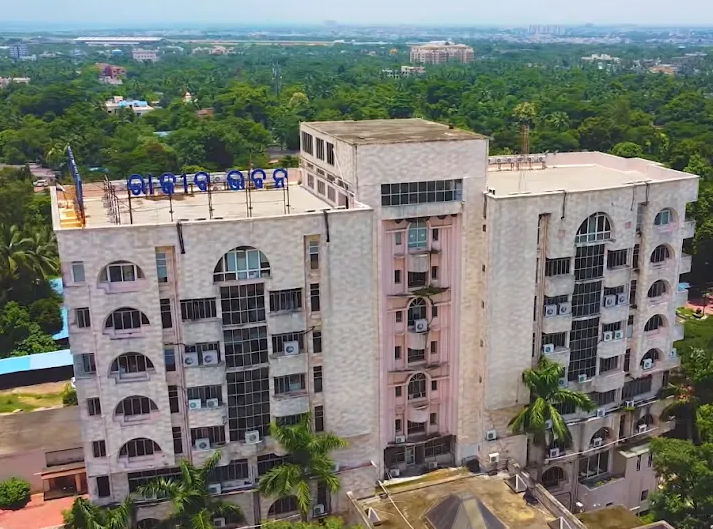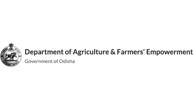The Government of Odisha in partnership with National Bank for Agriculture and Rural Development (NABARD) is implementing "Ground water recharge and solar micro irrigation to ensure food security and enhance resilience in vulnerable tribal areas of Odisha; India, (Funded Activity: GCF-FP045)" through "Odisha Community Tank Development and Management (OCTDMS)", SPV under the DoWR. The GCF designated as an operating entity of the financial mechanism under Article 11 of the UNFCCC and established pursuant to the governing instrument having its Head Quarters at Songdo, Incheon, and Republic of Korea is assisting with a grant of USD 34.357 Million (Rs.226.76Cr) and Govt. of Odisha contribution (MGNREGA Convergence) will support the project with about 117.735 Million (Rs.777.05 Cr). There will be a community contribution of about USD 14.205 Million (Rs. 93.75Cr) through cash/ kind for the project.
Under this project, about 10,000 community tanks (1000 under Minor lrrigationand 9000 under Department of PR & DW) spread across 15 Districtsviz., Baragarh, Bolangir, Boudh, Gajapati, Kalahandi, Kandhmal, Keonjhar, Koraput, Malkanagir, Mayurbhanj, Nabarangapur, Nuapada, Rayagada, Sambalpur and Sonepur to tap the additional water available during monsoon in tanks (public/ community/private) for post monsoon augmentation of the ground water. Further, the project will install 1000 solar pumps for agricultural purposes in line with national target of reaching 1,00,000 MW solar power by 2022 under the Jawaharlal Nehru National Solar Mission (JNNSM). Conservation of Sub-surface water in aquifers by construction of recharge structures in10000 tanks, training of 20000 JalMitras, training of 3,00,000 community members including water user associationmembers in the tank command for crop water budgeting, efficient water use,climate resilient agriculture, horticulture practices and training of 150000 landless, and vulnerable women members on livelihoodactivities in farm and non-farm activities. The project will thus improve and ensure water security, food security, energy security with linkage to climate change and adaptation solution to about 5.2 million vulnerable SC/ST population in these 15 districts. Enhanced food security in these areas will enhance their adaptive capacity.
Ground water recharge and solar micro irrigation to ensure food security and enhance resilience in vulnerable tribal areas of Odisha; India, (Funded Activity: GCF-FP045)












